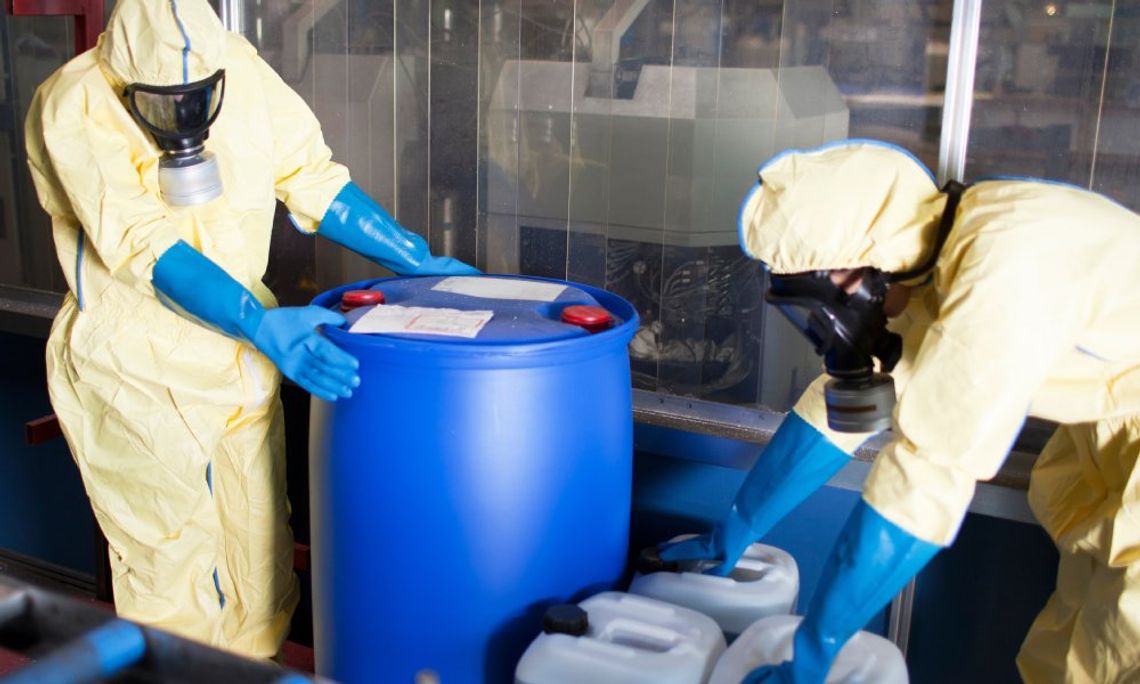Managing bulk chemicals is a major responsibility for any facility manager. A single misstep in storage or transportation can create significant safety hazards for your team and the environment.
Implementing a robust chemical management strategy protects your personnel and ensures operational continuity. You can enhance safety by focusing on organized storage, clear labeling, proper equipment, and comprehensive team training. The following tips on how to safely store and transport bulk chemicals on your site form the foundation of a secure chemical handling process.
Establish a System for Secure Chemical Storage
Proper storage begins with organization. You should designate specific, well-ventilated areas for different chemical types to prevent dangerous reactions.
Separate incompatible materials, such as acids and bases, using physical barriers or by storing them in different rooms. Ensure your storage areas maintain appropriate temperature controls, as temperature fluctuations can compromise chemical stability.
Clear, accurate labeling is a necessity when storing, transporting, and working with hazardous chemicals. Labels should identify the chemical, its specific hazards, and necessary handling precautions. This simple step helps employees quickly understand the risks associated with each substance.
Additionally, maintain an updated inventory of all chemicals on-site. This log helps you track expiration dates and quantities, preventing the use of degraded materials and ensuring you have what you need when you need it.
Navigate Hazardous Chemical Protocols
Handling hazardous materials requires a heightened level of care and attention. Your team should have a safety data sheet (SDS) for each chemical that explains its specific properties and risks. Always consult this information before handling any chemical to understand its specific properties and risks.
Personal protective equipment (PPE) is non-negotiable. Team members must wear appropriate gear, such as gloves, goggles, and respiratory protection, as specified by the SDS.
To minimize exposure, you should always handle chemicals in well-ventilated areas and use equipment like fume hoods when necessary. Proper procedures ensure a safer work environment for everyone.
Ensure Safe On-Site Transportation
Moving chemicals within your facility introduces its own set of risks. You can mitigate these by establishing clear protocols for on-site transport.
Use dedicated, secure carts or forklifts designed for chemical handling. Tightly seal and properly secure containers before moving them to prevent spills.
Also, map out logistically how you’ll safely store and transport bulk chemicals on your site. Designate routes for chemical transport that avoid high-traffic areas, break rooms, and administrative offices. Train employees to navigate these paths carefully and to never leave chemicals unattended outside of a secure storage area.
Regular equipment inspections are also essential. Check that all transport vehicles, pumps, and hoses are in good working order to prevent leaks or mechanical failures during use.
Build a Culture of Chemical Safety
A proactive approach to chemical management keeps your facility secure and efficient. When you implement clear storage systems, enforce strict transport protocols, and equip your team with the right knowledge, you create a workplace that prioritizes safety. These consistent practices build a strong safety culture that protects your most valuable assets: your people and your operations.


Comment
Comments